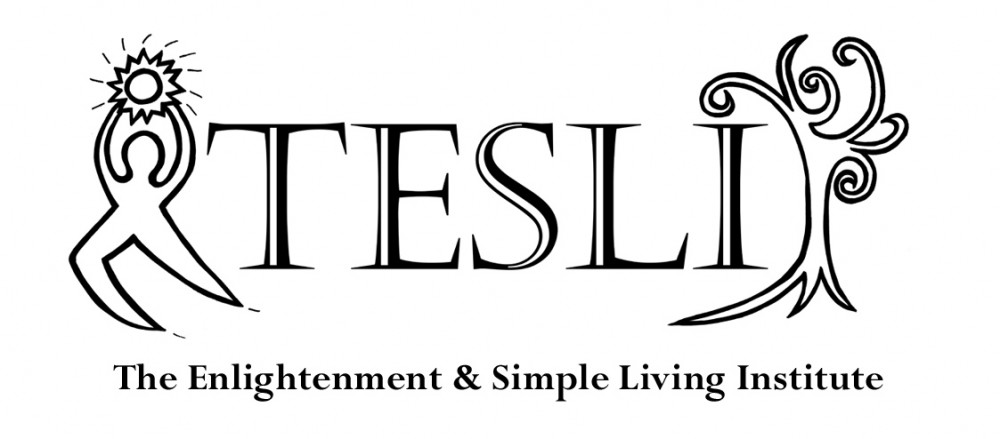I use to live in Santa Rosa, the home town of Luther Burbank (1849-1926). In fact, my class did Tai Chi in the park across from his house. Luther Burbank was an amazing botanist and plant developer. You might not know his name, but you know his plants. I have a Shasta daisy, an Elberta Peach, and a Santa Rosa plum in my own garden. During his lifetime he created over 800 new varieties of flower, fruits, cactus, grasses, and other plants!
Luther Burbank’s methods and history are interesting. I’ve visited both his house and gardens in Santa Rosa and his experimental farm in Sebastopol and am fascinated by what I learned. Despite his productive career, his methods of plant creation were not conventional. In fact, although he was successful in getting research grants, other scientists claimed that he was not scientific. High praise indeed!
So, how did he do it?
Wikipedia tells us that Luther Burbank developed his first creation, the Burbank potato, when he was a young man using the inheritance from his father. They make it sound so intentional. And perhaps it was, but the story, as I understand it, was that he was passing by a potato plant when he noticed a rather large seed pod. Thinking that large seed would lead to larger potatoes, he collected the seeds, germinated them and grew plants. And they did produce the largest potatoes anyone had ever seen!
Now, up until that time, potatoes where the size of the gourmet fingerlings or the little round potatoes that can be purchased today. Burbank created (discovered?) the first large potato. The familiar large tuber we see at the grocery store today was non-existent until then. How did he do it? His methods were nonsensical. Any botanist or horticulturist will tell you that characteristics of the seeds (large, small, etc.) have nothing to do with the final crop. Yet he did it just like that.
Later in life, Luther Burbank would produce other plants in similar nonsensical fashion – like a variety of cactus with out thorns. Apparently, all he did was talk to it. Pretty impressive, eh. He was able to convince a cactus that it didn’t need thorns by sending it love. Luther Burbank claimed, “the secret of improved plant breeding, apart from scientific knowledge, is love”.
I don’t think any one person has yet exceeded Luther Burbank’s ability to produce useful crops that benefit humans. He was an amazing person. Indeed, Luther Burbank is proclaimed, “an American Saint” by Swami Paramahansa Yoganada (author of Autobigraphy of a Yogi).
Reflection: Conventional methods produce conventional results. If we want amazing results then mix convention with a good dose of love, wisdom and inspiration. Through connection with source energy all things are possible.



